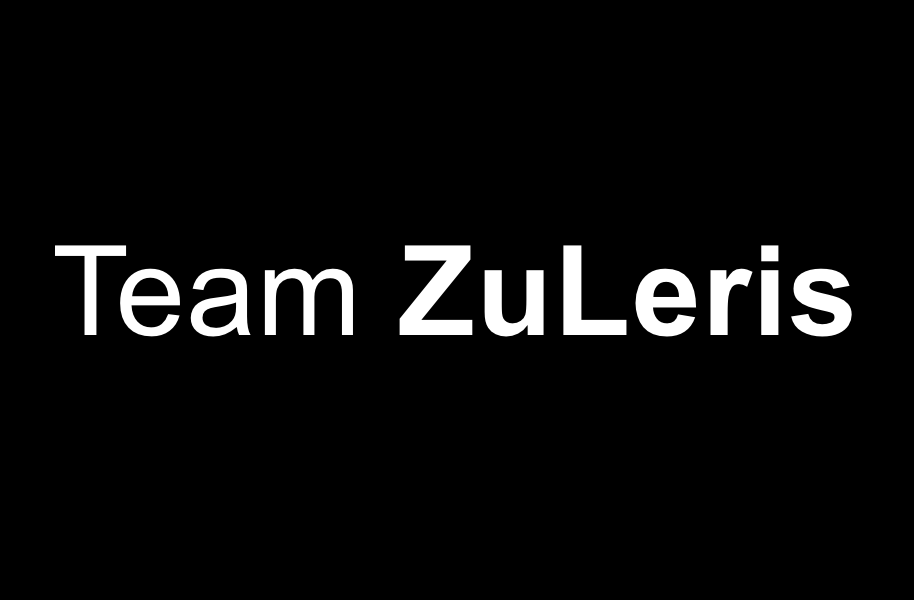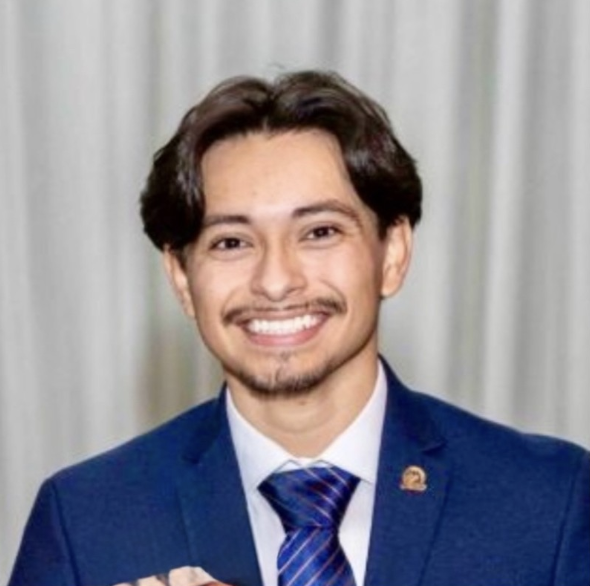Team ZuLeris
Team ZuLeris
University of Central Florida
From UCF Classroom to Defense Contracts: How Two Students Gamified Electromagnetic Warfare Training
The Team
Liam Etan
Liam graduated in May '24 with a Bachelor of Science in Mechanical Engineering.
Zack Zuniga
Zack is a dual major in Photonics Science & Engineering and Electrical Engineering in the Communications track and getting the Semiconductor Engineering and Manufacturing Instruction (SEMI) Undergraduate Certificate. His expected graduation is December 2025.
Overview
US Cyber Center of Excellence
Problem Sponsor
Instructors conducting RF-based electronic warfare training cannot effectively assess student attack progress in real-time, due to a lack of reliable, standalone communication link indicators and feedback mechanisms between isolated RF modems.
46 during the class, 250+ in total since
Original Problem Statement
Number of Interviews
Team ZuLeris Hacking for Defense Experience
When Liam Etan and Zackary Zuniga signed up for Hacking for Defense (H4D) at the University of Central Florida, they were hoping to challenge themselves. What they didn’t expect was to turn a class project into a funded startup working with defense contractors.
“We were assigned a problem on electromagnetic warfare training,” Zack explained. “We had no background in that world, but we started interviewing soldiers and commanders—and the deeper we went, the more we realized the issue wasn’t equipment, it was access. They were only getting a few hours of training every few months.”
As they dug in using the lean startup methodology taught in H4D, they zeroed in on a critical insight: electromagnetic warfare (EW) operators needed more accessible and realistic training, and traditional approaches just weren’t cutting it. Their idea? A game-based training platform built in a 3D engine, offering immersive, interactive scenarios for EW personnel.
“Once we had that insight, the whole mission shifted,” Liam added. “It wasn’t about hardware anymore—it was about building a tool that could scale.”
That idea started to snowball. Their Army sponsor, Chief Godfrey, encouraged them to pitch the concept at Innovation Oasis, a Shark Tank-style military innovation competition. “We had two days to prep, pitched virtually, and won,” said Liam. The prize: a trip to CENTCOM headquarters at MacDill AFB to present their solution to top generals. “We didn’t win at CENTCOM,” Zack said, “but the feedback was like—this is legit. You need to keep going.”
So, they did.
After the end of the H4D semester, through the continued support and guidance from the Defense Innovation Unit’s (DIU) RNT Beverly (Bev) Seay, they teamed up with UCF Computer Science Senior Design students through the DIU Capstone program, where they built their first prototype. Liam said. “They turned our vision into an actual game, and we debuted it at I/ITSEC—the largest modeling and simulation conference in the world.”
That exposure opened more doors. They landed a spot in the DIU X-Force Fellowship, which gave them funding to keep developing their prototype. “We were already doing the work,” Zack said, “but now we were funded, too.” They returned to Capstone again—and again—refining their product with each iteration.
Their hustle eventually led to a subcontract with Chesapeake Technology International (CTI), where they integrated their training game with TAKx, a government-owned scenario-building tool. “Now instructors can build custom scenarios in TAKx, import them into our game, and train soldiers in first-person EW missions,” Zack explained.
But one of their biggest breakthroughs came at the Ash Carter Exchange conference in D.C., where they shared a booth with DIU and met regional defense innovation leaders. “It was our first time presenting in D.C.,” Liam said. “We got so much great feedback and built relationships we never could have made from Florida.”
Zack credited a key moment from that trip: “One of the best pieces of advice we got was to use LinkedIn. That became our lifeline. It’s how we connected with the person who helped us land our current contract.”
What’s Next
Beyond the startup grind, both co-founders are now working full-time in defense. Liam is currently an aerospace engineer for the U.S. Air Force at Eglin Air Force Base.
“I’ve always been interested in defense because it’s where you get to work on the best tech,” he said. “But being in E4D—and seeing how supportive the DoD innovation community is—really encouraged me to start the company and keep building solutions in this space.”
So, what advice do they have for future students? “Use your resources,” said Zack. “Everyone we met—mentors, sponsors, classmates—they all pointed us in the right direction.”
Liam agreed. “You don’t have to be an expert at the start. Just be curious, ask questions, and build something real. People want to help you succeed.”
From a classroom challenge to a government contract, Liam and Zack are proof that student innovation—when paired with grit and community—can change the way we train tomorrow’s warfighters. Liam and Zack’s next steps include looking for an angel investor(s) to help accelerate their company’s growth and ability to continue to develop new software and hardware capabilities.



